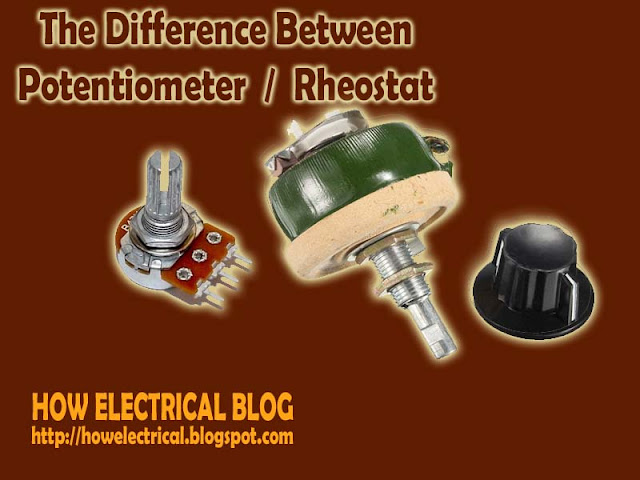 |
| Energy house for Power Supply - http://howelectrical.blogspot.com |
Benefits
There are three main benefits of energy houses for power supply solution.- Cost Effective
- Fast to install
- Flexible
Cost Effective
The installation of an Energy house spare you from dealing with planning, controlling and complex civil works, as well as with crafts on site and construction risks.
Fast to Install
An energy house for power supply arrives at your site ready for plug commission and play. this really speeds up your lead time.
Flexible
You can choose from several energy house types according to your application requirements, equip them with exactly the products you need.
Plug and Play Power Distribution
The Energy house can also be used for plant balancing of fossil and renewable energy, as reliable power supply for critical processes, for grid coupling, as well as for the grid connection of electrical energy storage systems. Energy house are optimal approach to install electrical power and control equipment for a fast and reliable power supply. An energy house is a pre-fabricated electrical building, fully equipped. Actually industries needs a reliable and efficient power supply as well as flexible solutions that can be adapted to individual requirements. Energy house for power supply are fast and very easy way to install, can be used as an interim solution. They are easy to upgrade, and used available space optimally. This makes them the most suitable option for a broad range of application.
The Energy house offer more; one stop solution, consistency, safety, flexibility, cost effciency, reliability and advanced technology.


























